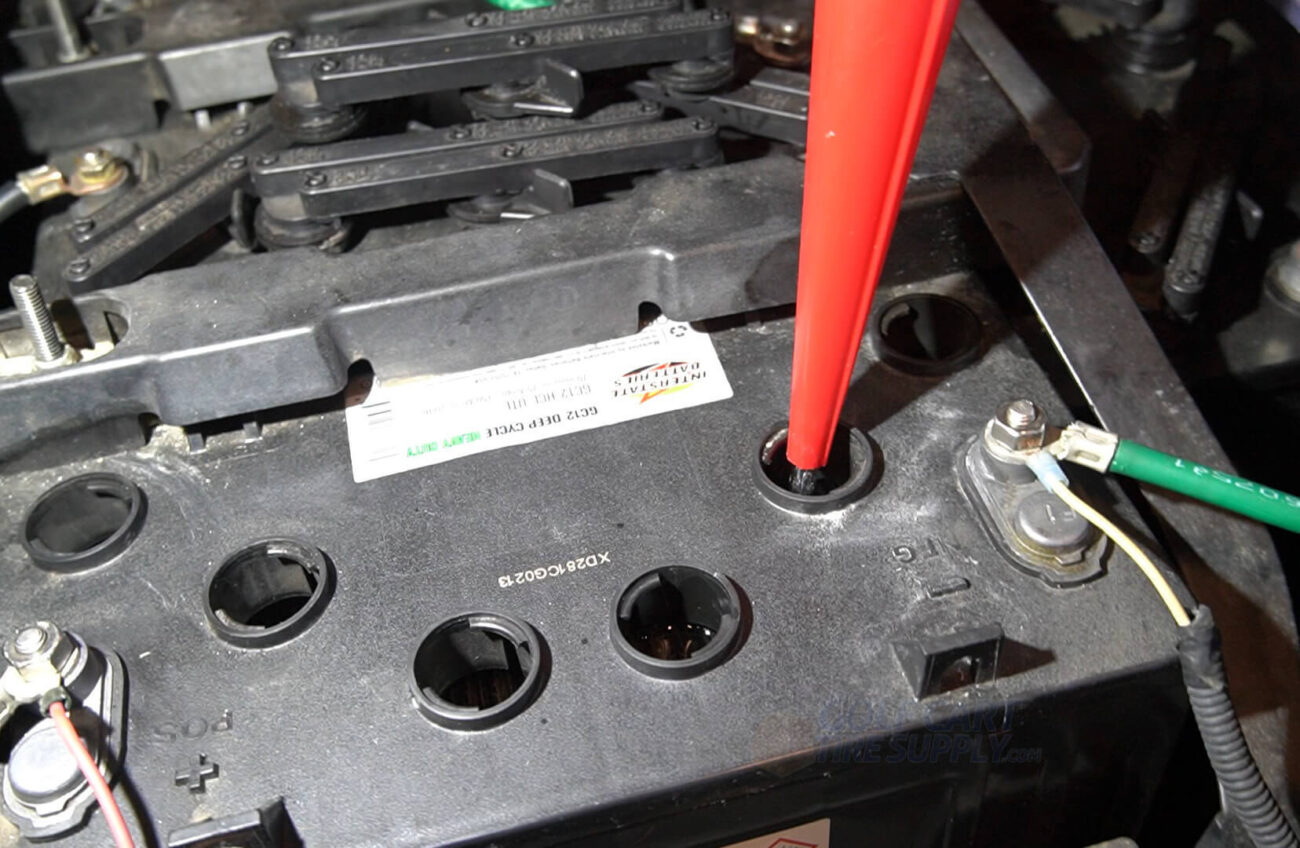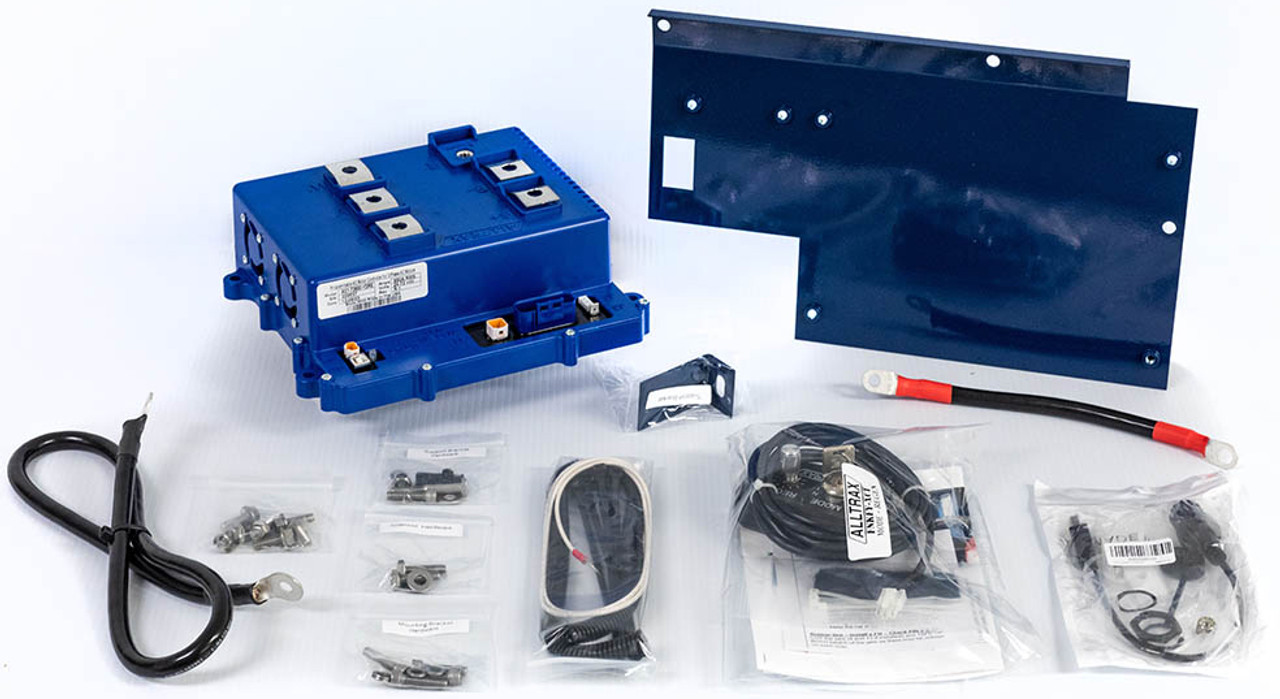
Install a Battery Gauge on a Golf Cart: Mounting, Materials, and Wiring Steps
Installing a battery gauge prevents shutdowns and extends pack life. This guide covers smart mounting, safe wiring, and a clean finish on your golf cart.
Why add a battery gauge?
A good gauge (voltmeter, state-of-charge meter, or shunt meter) helps you plan range, spot weak batteries, and protect your controller. Whether you run a 36/48V lead-acid pack or a lithium pack with a BMS, a clearly visible, fused, and switched gauge is one of the most useful upgrades you can make.
Where should you mount the battery gauge on a golf cart?
- Primary sightline: Mount on the dash near the key switch so you can read it while seated without leaning.
- Away from direct spray: Choose a flat, rigid area protected by the roof or windshield. If exposed, use a weatherproof gauge or backing gasket.
- Serviceable access: Ensure you can reach the wiring behind the panel for future service without removing half the dash.
- Sunlight readability: If you play in bright sun, prefer a high-contrast analog or a digital display with brightness control.
- No hinge conflict: Keep clear of fold-down windshield hinges and storage lids that could pinch wires.
What materials are needed to install a battery gauge on a golf cart?
- Battery gauge rated for your system (e.g., 0–60V for 48V carts). For 12V accessory SOC meters, use a DC-DC converter—don’t tap one battery in a series pack.
- Inline fuse (1–3A) and fuse holder for the gauge’s positive feed.
- 18 AWG to 16 AWG wire (red/black) or the size recommended by the manufacturer.
- Ring/spade terminals, butt connectors, and heat-shrink tubing (or solder and heat-shrink).
- Multimeter for verification and troubleshooting.
- Drill, step bit or hole saw sized to the gauge, deburring tool, and panel screws or clamp ring.
- Cable ties, wire loom, and gasket/foam for a tidy, rattle-free install.
Know your gauge type (pick one before wiring)
- Pack voltmeter: Simplest; shows total pack voltage (great for quick health checks). Wire to switched pack positive and pack negative.
- Shunt-based amp/volt SOC meter: Uses a current shunt on the pack negative to track amps in/out and estimate percent charge; best for accuracy.
- 12V accessory SOC meter: Measures the cart’s 12V accessory bus; must be powered by a DC-DC converter, not a single battery in a series pack.
- Lithium/BMS display: Some lithium packs include a dedicated display/cable; follow the pack maker’s schematic.
Step 1: Disconnect the battery
- Park on level ground, set the brake, remove the key, and switch to Tow/Maintenance if your cart has that mode.
- Disconnect the pack (negative first, then positive). On lithium with a BMS, follow the manufacturer’s shutdown sequence.
- Verify zero volts at the gauge feed points using a multimeter before drilling or wiring.
Step 2: Wire the gauge
A) Pack voltmeter (most common)
- Mount the fuse: Install a 1–3A inline fuse on a lead from the switched side of the key switch (so the gauge turns off with the key). If a switched pack feed is unavailable, add a dedicated accessory relay triggered by the key circuit.
- Connect positive: From the fused, switched feed to the gauge’s + terminal.
- Connect negative: From the gauge’s − terminal to pack negative. Do not use painted chassis bolts unless your cart is designed for chassis ground.
- Verify voltage: Reconnect the pack temporarily and confirm the gauge reads sensible voltage for your system. Disconnect again to continue mounting.
B) Shunt-based SOC meter
- Install the shunt on the main pack negative cable between the battery pack and the cart/controller. All negative loads must be on the load side of the shunt for accurate readings.
- Route signal leads from the shunt to the dash display exactly as the manufacturer specifies (observe polarity and sense wires).
- Power the display from a fused, switched source per the manual (often low-amp draw).
C) 12V SOC gauge (accessory bus)
- Find the DC-DC converter output (usually 12V) that powers lights/horn.
- Fuse the 12V feed and connect to the gauge’s +, then connect the gauge’s − to the converter ground. Never tap a single 12V battery in a series pack—this causes imbalance.
Step 3: Finish the installation
- Cut the dash opening using a step bit or hole saw. Deburr the edge and test-fit the gauge with its clamp ring or screws.
- Dress the wiring: Add loom, secure with cable ties, and keep wires away from sharp edges, steering linkages, and hinge points.
- Reconnect the pack (positive first, then negative). Turn the key on and confirm the gauge wakes up and reads correctly.
- Calibrate (if applicable): Enter battery capacity and chemistry for SOC meters; perform a full charge cycle to sync.
- Baseline check: Note the reading after a full charge and after a typical round so you recognize normal behavior.
Pro tips & safety
- Use switched power so the gauge doesn’t drain the pack when parked.
- Choose a gauge with the correct voltage range (e.g., 0–60V for 48V systems).
- On lead-acid, voltage at rest is most meaningful; readings immediately after charging show surface charge and can be misleading.
- If your cart rides rough, add a foam backing gasket to reduce vibration on the gauge.
Common mistakes to avoid
- No fuse on the feed: A short in the dash harness can damage the cart; always fuse near the source.
- Unsuitable ground: Random bolts or painted metal can cause erratic readings. Go to true pack negative (or the converter ground for 12V gauges).
- Tapping a single 12V battery: This unbalances series packs and shortens life—use the DC-DC converter.
- Mounting in a splash zone: Non-sealed gauges will fog or fail if placed where rain pours through the windshield seam.
Bottom line
Pick the right gauge, mount it in your sightline, fuse a switched feed, and ground correctly. Whether you choose a simple pack voltmeter or a shunt-based SOC meter, a clean, fused installation will keep you informed and protect the electrical system on your golf cart.





Add a review
Your email address will not be published. Required fields are marked *